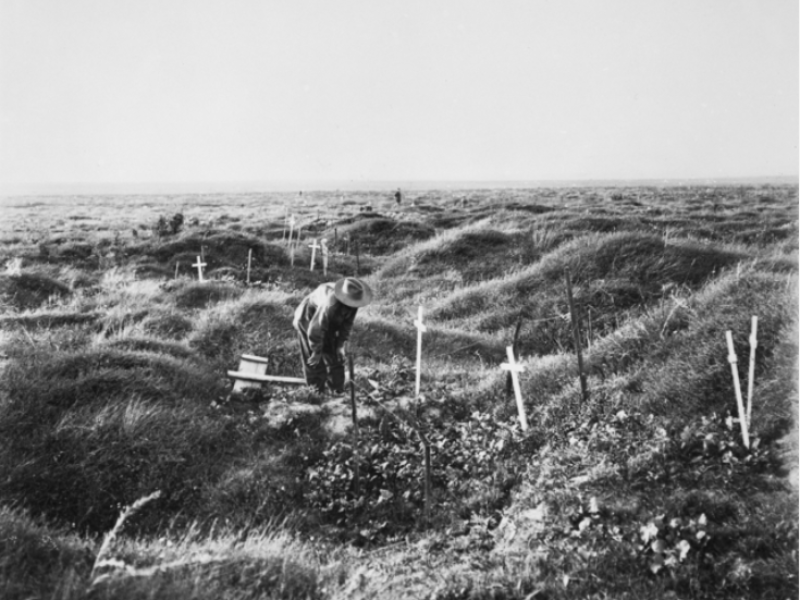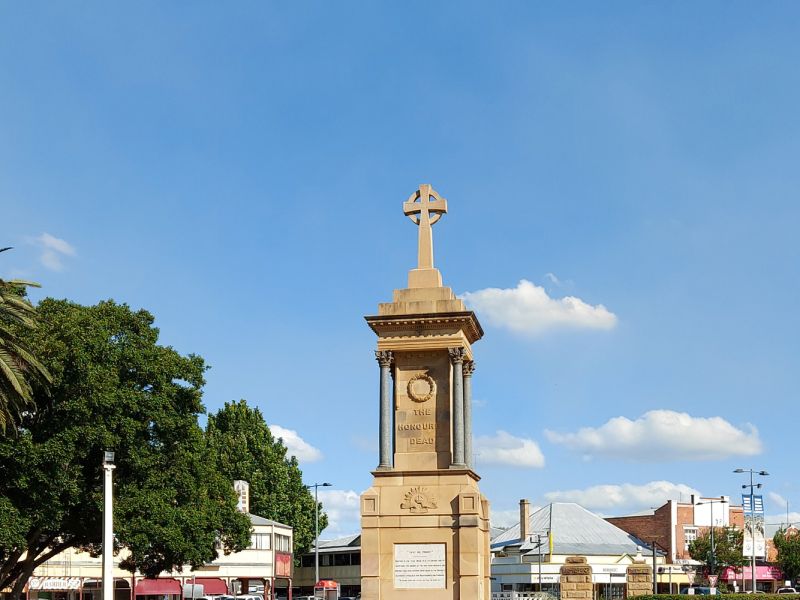Second Lieutenant Louis Walter Teitzel, 25th Battalion, AIF
Louis “Lou” Walter Tetizel was born in Warwick, Queensland, in 1886 to Betsey and Heinrich Teitzel. He was one of six children, two of whom died in infancy. His mother was English and his father German; both migrated in 1873. Louis and his brothers grew up in the area. On leaving school, Louis became a telegraphist.
Teitzel enlisted in the Australian Imperial Force in February 1915. He proved an able soldier, and was promoted a number of times within a year of enlistment. He arrived on Gallipoli in September 1915, the major offensives over but still dangerous.
On 20 October, his mate, Lieutenant Auchterlonie, was next to him in the trench fixing the parapet. He was shot in the back of the head, falling dead at Teitzel’s feet. Weeks later Teitzel was wounded by a bomb and evacuated to hospital in Malta.
In April 1916, after arriving in France, Teitzel was promoted to second lieutenant with his own leadership style. His friend, Lieutenant Fletcher, later recalled “on the series of route marches from Amiens to Albert we had glorious fun together, just as if nothing was in store for us”.
They reached the front line in late July 1916 near the French village of Pozières. The attack was launched at 12.15am on 29 July.
Teitzel, in command of 12 Platoon of C Company in the 25th Battalion, led his men over the parapet and towards a German trench known as OG 1. There he found that the German barbed-wire defences were uncut and in a hail of machine-gun fire, tried desperately to guide his men through a small gap he found.
Then Teitzel was shot in the head and blinded. He grabbed the nearest man and said “I’m blind; find the sergeant and tell him to carry on.”
He could not get back to safety and took shelter in a nearby shell hole. He was never seen alive again.
He was 30 years old.
Lieutenant Fletcher wrote:
“we are all sorry – those of us who are left – to lose such a brave officer. Still it is one consolation … to know that he died bravely and carrying out the noblest duty with his men. It was an honour to have acted and cheered the boys as he had, and may there be more to act in a similar manner.”
In Australia, Teitzel’s father died in 1926, having tried since the war to locate his son’s remains.
The following year Lou Teitzel’s body was discovered during exhumation work around Pozières. He was buried in the nearby AIF Burial Ground in Flers.
Dr Meleah Hampton, Historian, Military History Section
Image: View of scattered Australian graves along the OG1 line on the battlefield of Pozieres. Twelve months before, the area was a scene of heavy fighting and devastation; but when the fighting passed, the undergrowth flourished, and softened the appearance of utter desolation which marked the old battleground.
- Australian War Memorial https://www.awm.gov.au/collection/C2278378

 Australian War Memorial
Australian War Memorial